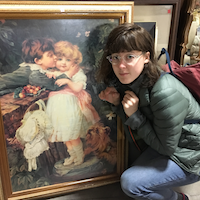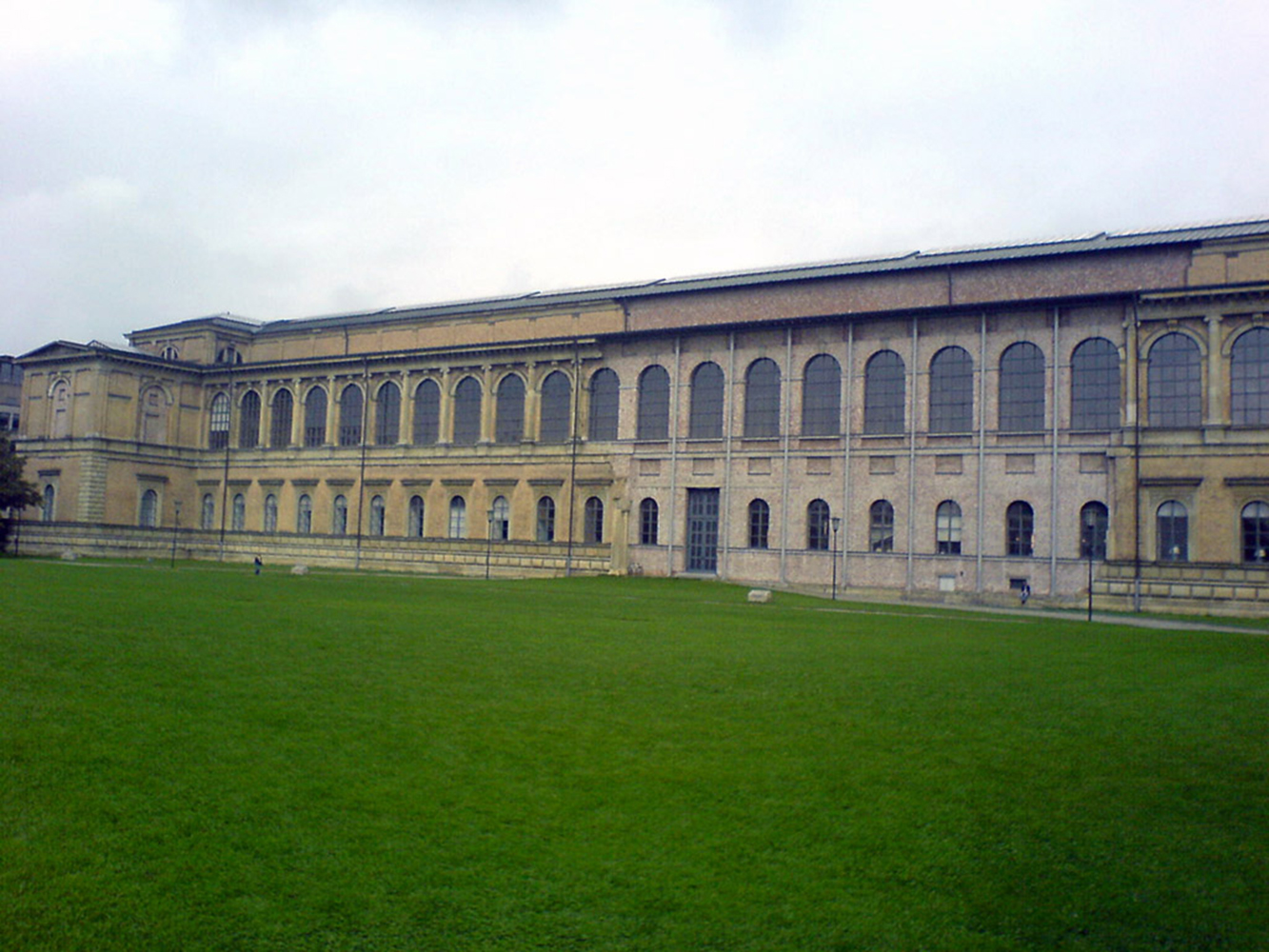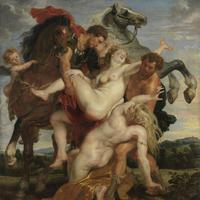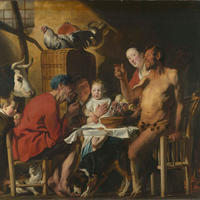More about Alte Pinakothek
Works at Alte Pinakothek

Contributor
Purposeful misappropriation of stolen artwork isn't going to get you the "person of the year" award, but it may get you a feature in the Guardian or the New York Times.
If fame is your game, you can gain that publicity buzz by 1) living in a country that just endured years of persecution 2) receiving previously stolen artwork to return to said persecuted people 3) failing to return the stolen artwork to the rightful owners. Bonus points if this involves Hitler or Nazism in any way. Unfortunately, Bavarian officials and Munich state museums, including the Old (Alte) Pinakothek, did exactly this after WWII, and they're paying the price with some really bad PR. Could it have been Rape of the Daughters of Leucippus? Or Satyr and the Peasant?!
As with many things that have been tainted by Hitler's dark legacy—Volkswagon, small rectangular mustaches—the staff at the Old Pinakothek needs to work that much harder if they're going to separate themselves and prove that they're not greedily hiding any stolen pieces within those beautiful, neoclassical walls. After all, if the Ghent Altarpiece taught us anything, it's that art shouldn't be a game of finders keepers, losers weepers.
After the war, American officials returned thousands of artworks to the Bavarian government and state museums that had been stolen by Nazis during WWII, under the pretense that they would return the pieces to their rightful owners—"rightful owners” being the Jewish collectors that were forced to surrender their precious belongings. The Bavarian government officials, however, took “restitute to rightful owners” to mean "sell for a reduced price to the families of former high-ranking Nazi officials that took the art in the first place.” This doesn't strike me as "you say tomato, I say tomahto" kind of situation. Something definitely got lost in translation here.
Further research has shown that once the art was returned to Germany in 1949 to determine provenance, the Nazi families immediately began coercing the museums to return the work to them instead of the Jewish families that they were forcibly "purchased" from (sell the paintings or die). Many of the stolen works even stayed in museum collections, allowing them to profit from them up until the 1990s and even later. Maybe they felt like it was owed to them, since the building was essentially destroyed during the war, and the entire collection was removed for safeguarding until the museum could be rebuilt.
We can rest assured though—the Pinakothek's website has a lengthy page about how they continue work each day to discover the true origin of every piece in their collection, so that they can eventually live guilt free knowing that they'll never have to do business with Nazis again.
Sources
- "Alte Pinakothek." Encyclopædia Britannica. Accessed July 11, 2017. https://www.britannica.com/topic/Alte-Pinakothek.
- Lorch, Catrin, and Joerg Hantzschel. "News: Munich's Looted Art Bazaar." The Central Registry of Information on Looted Cultral Property 1933-1945. June 25, 2016. Accessed July 11, 2017. http://www.lootedart.com/news.php?r=RWFWSS249591.
- "Munich state museum profited from Nazi-looted art, investigation shows." Jewish Telegraphic Agency. June 27, 2016. Accessed July 11, 2017. http://www.jta.org/2016/06/27/news-opinion/world/munich-state-museum-pr…
- Perlson, Hili. "Bavaria Kept Nazi-Looted Art in Museums." Artnet News. June 29, 2016. Accessed July 11, 2017. https://news.artnet.com/art-world/germany-returned-nazi-looted-art-nazi….
- "Provenance Research." Provenance Research | DIE PINAKOTHEKEN. Accessed July 11, 2017. https://www.pinakothek.de/en/research/provenance-research.
Featured Content
Here is what Wikipedia says about Alte Pinakothek
The Alte Pinakothek (
German: [ˈʔaltə pinakoˈteːk] ⓘ, Old Pinakothek) is an art museum located in the Kunstareal area in Munich, Germany. It is one of the oldest galleries in the world and houses a significant collection of Old Master paintings. The name Alte (Old) Pinakothek refers to the time period covered by the collection—from the fourteenth to the eighteenth century. The Neue Pinakothek, re-built in 1981, covers nineteenth-century art, and Pinakothek der Moderne, opened in 2002, exhibits modern art. All three galleries are part of the Bavarian State Painting Collections, an organization of the Free state of Bavaria.
Check out the full Wikipedia article about Alte Pinakothek












